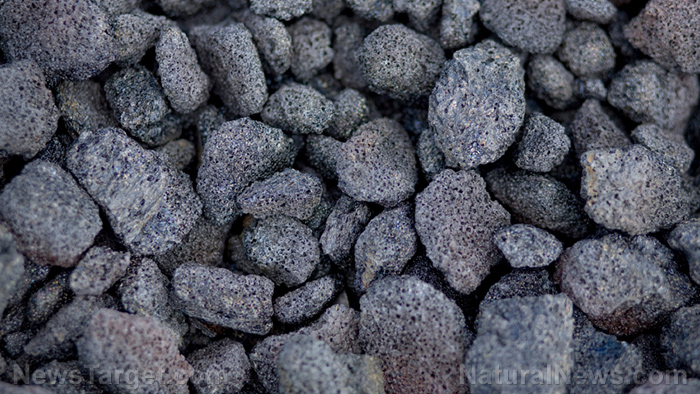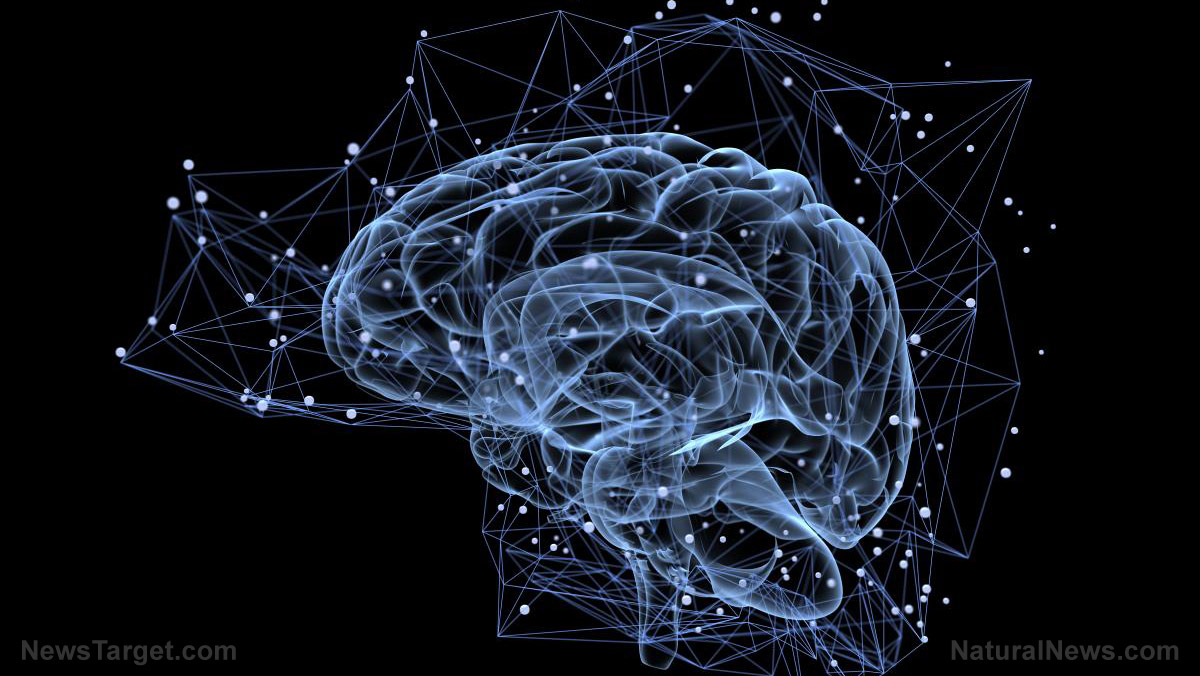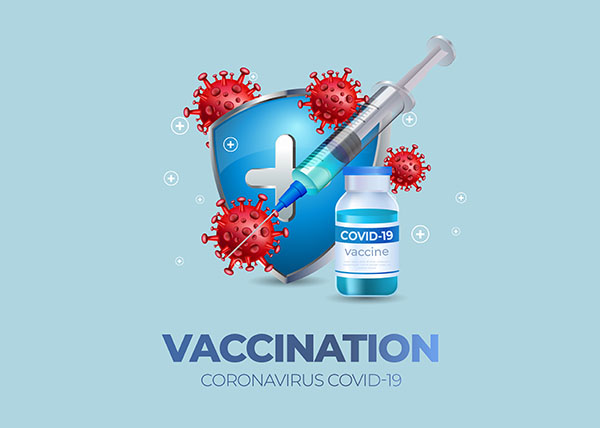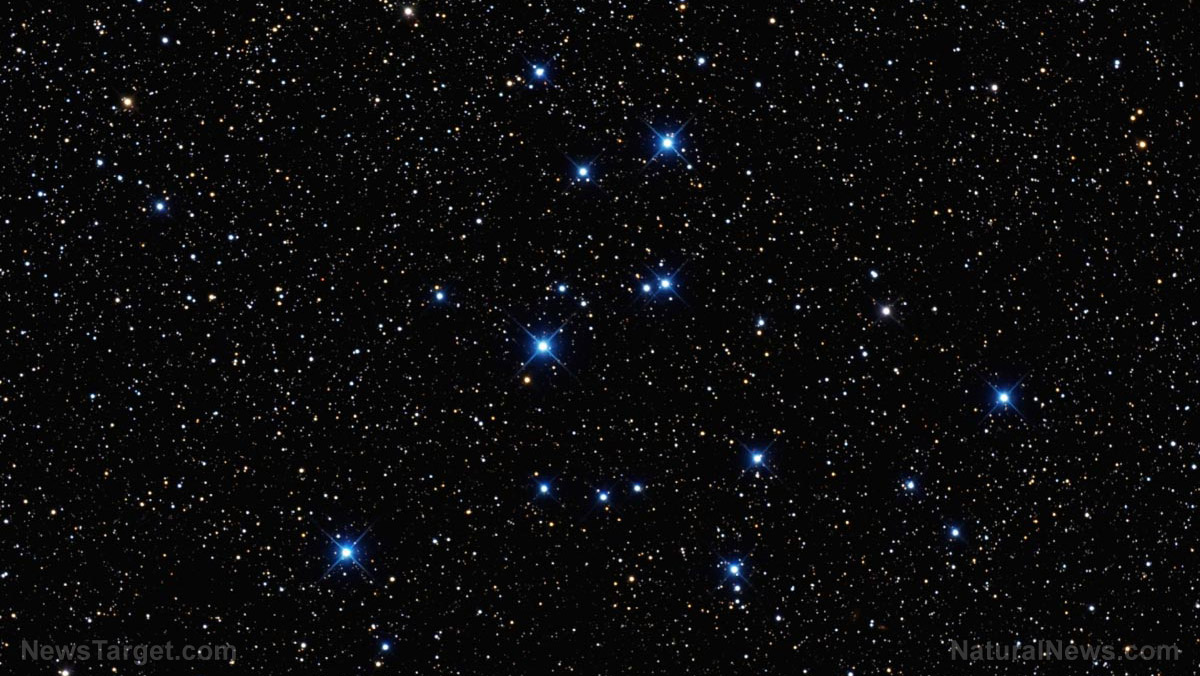AI uncovers earliest signs of life in 3.3-billion-year-old rocks, doubling the known timeline
11/18/2025 / By Kevin Hughes

- Scientists discovered traces of microbial life in 3-billion-year-old rocks from South Africa’s Josefsdal Chert—1.6 billion years older than previously confirmed biosignatures.
- Oxygen-producing photosynthesis was detected in 52-billion-year-old rocks, pushing back its earliest known occurrence by 800 million years—key to Earth’s oxygen-rich atmosphere.
- Researchers used pyrolysis-gas chromatography-mass spectrometry and trained an AI model to distinguish biological from non-biological material with >90 percent accuracy, even identifying plant vs. animal origins (95 percent accuracy).
- The AI technique can detect degraded chemical biosignatures without intact fossils or DNA—potentially revolutionizing the search for life on Mars, Europa, or other planets.
- Refining the model to analyze ancient animal fossils, Mars-like desert rocks and anoxygenic photosynthetic bacteria (possible analogs for extraterrestrial life).
Scientists have uncovered the oldest chemical evidence of life on Earth, hidden within 3.3-billion-year-old rocks—a discovery that pushes back the earliest confirmed traces of biology by 1.6 billion years.
The findings, published in Proceedings of the National Academy of Sciences, also reveal that oxygen-producing photosynthesis emerged 800 million years earlier than previously documented, reshaping our understanding of how Earth’s atmosphere became hospitable to complex life.
Led by researchers at the Carnegie Institution for Science, the study combined cutting-edge chemistry with artificial intelligence to detect faint molecular “whispers” left behind by ancient microbes—signals that had eluded scientists for decades.
Using pyrolysis-gas chromatography-mass spectrometry, the team analyzed 406 samples, including modern plants, animals, fossils, meteorites and ancient sediments. They then trained an AI model to recognize subtle chemical fingerprints distinguishing biological from non-biological material—with over 90 percent accuracy.
Among the most striking findings:
- 3-billion-year-old sediments from South Africa’s geological rock unit Josefsdal Chert showed clear signs of ancient microbial life—previously, no such traces had been confirmed in rocks older than 1.7 billion years.
- Photosynthetic activity was detected in 2.52-billion-year-old rocks from the Gamohaan Formation, extending the chemical record of oxygen production by 800 million years.
“This study represents a major leap forward in our ability to decode Earth’s oldest biological signatures,” said Dr. Robert Hazen, a senior staff scientist at Carnegie and co-lead author. “By pairing powerful chemical analysis with machine learning, we have a way to read molecular ‘ghosts’ left behind by early life that still whisper their secrets after billions of years.”
How AI cracked the code
Earth’s earliest life left behind few intact fossils or biomolecules. Most ancient organic matter has been crushed, heated and fractured beyond recognition over billions of years. Traditional methods struggled to extract meaningful data from these degraded fragments.
“Biomolecules are organic molecules that are produced by living organisms and play crucial roles in the structure, function and regulation of biological systems. They are composed of carbon, hydrogen, oxygen and often nitrogen, phosphorus or sulfur, and can be categorized into four primary groups: carbohydrates, lipids, proteins and nucleic acids,” BrightU.AI‘s Enoch noted. ” Each of these biomolecules has unique chemical and physical properties that enable them to perform specific functions within cells and organisms.”
The team’s machine-learning model—trained on modern biological and non-biological samples—identified hidden patterns in the chemical debris.
“Think of it like showing thousands of jigsaw puzzle pieces to a computer and asking whether the original scene was a flower or a meteorite,” Hazen explained. “Rather than focus on individual molecules, we looked for chemical patterns, and those patterns could be true elsewhere in the universe.”
The AI even distinguished between plant-based and animal-based life with 95 percent accuracy, though older samples proved more challenging due to geological degradation.
The breakthrough isn’t just about rewriting Earth’s history—it could revolutionize the search for extraterrestrial life.
According to the authors if AI can detect biotic signatures on Earth that survived billions of years, the same technique might work on Martian rocks or even samples from Jupiter’s icy moon Europa.
Unlike fossil hunting, this method doesn’t require intact cells or DNA—only the chemical echoes of past biology.
“What’s exciting is that this approach doesn’t rely on finding recognizable fossils or intact biomolecules,” said Dr. Anirudh Prabhu, the study’s first author. “AI didn’t just help us analyze data faster—it allowed us to make sense of messy, degraded chemical data.”
A new window into deep time
The study roughly doubles the window in which scientists can detect ancient biosignatures—from 1.7 billion years to 3.3 billion years. It also confirms that photosynthesis, the process that filled Earth’s atmosphere with oxygen, was active far earlier than thought.
“Understanding when photosynthesis emerged helps explain how Earth’s atmosphere became oxygen-rich—a key milestone that allowed complex life, including humans, to evolve,” said Dr. Michael Wong, an astrobiologist and study co-author.
While promising, the method isn’t foolproof. Some samples—particularly those heated above 400 C—lost their biotic signals. Future research will expand the dataset, including more ancient animal fossils and diverse abiotic materials.
The team also plans to test rocks from Mars-like deserts and analyze anoxygenic photosynthetic bacteria, which could resemble potential extraterrestrial life.
Watch the video below about the biomolecule breakthrough.
This video is from the Elite channel on Brighteon.com.
Sources include:
Submit a correction >>
Tagged Under:
abiotic materials, AI model, artificial intelligence, biomolecules, carbohydrates, DNA, Earth, Europa, extraterrestrial life, Gamohaan Formation, Josefsdal Chert, Jupiter, lipids, machine learning, Martian rocks, Microbes, microbial life, nucleic acids, photosynthesis, Proteins, scientific
This article may contain statements that reflect the opinion of the author





















